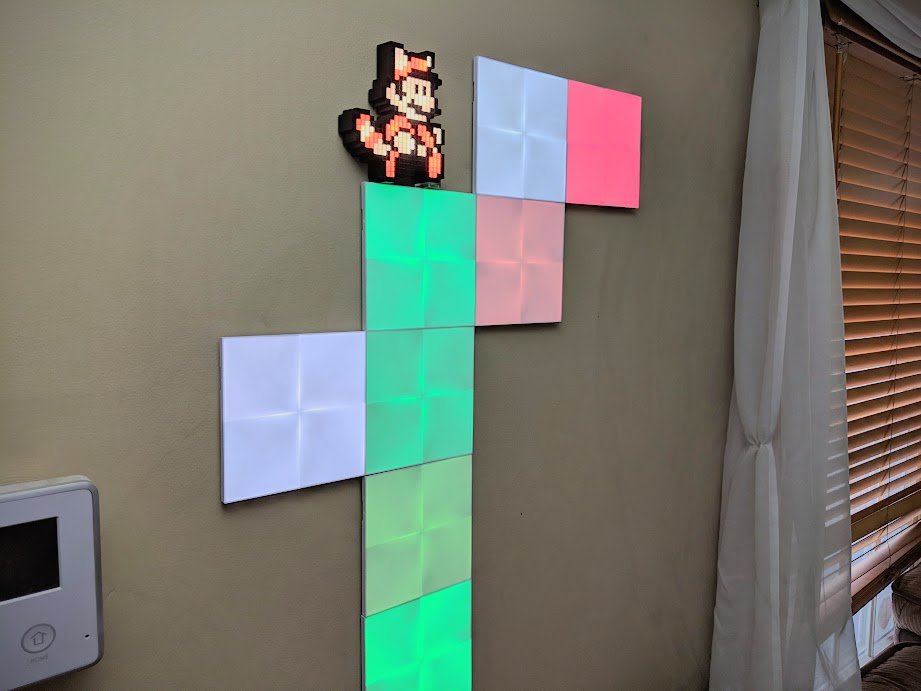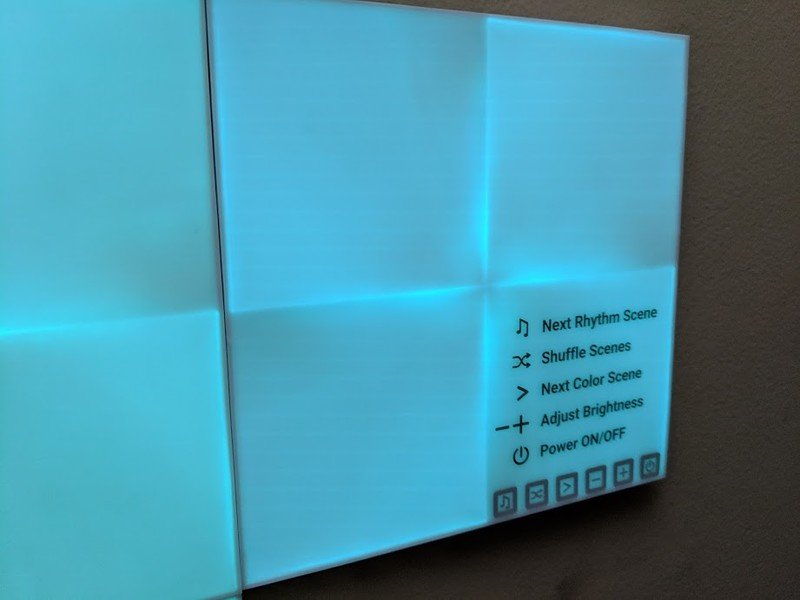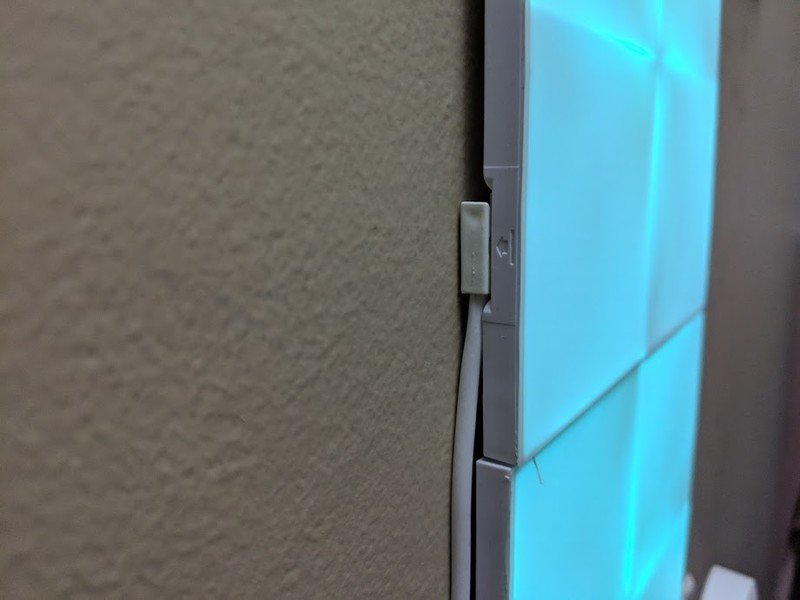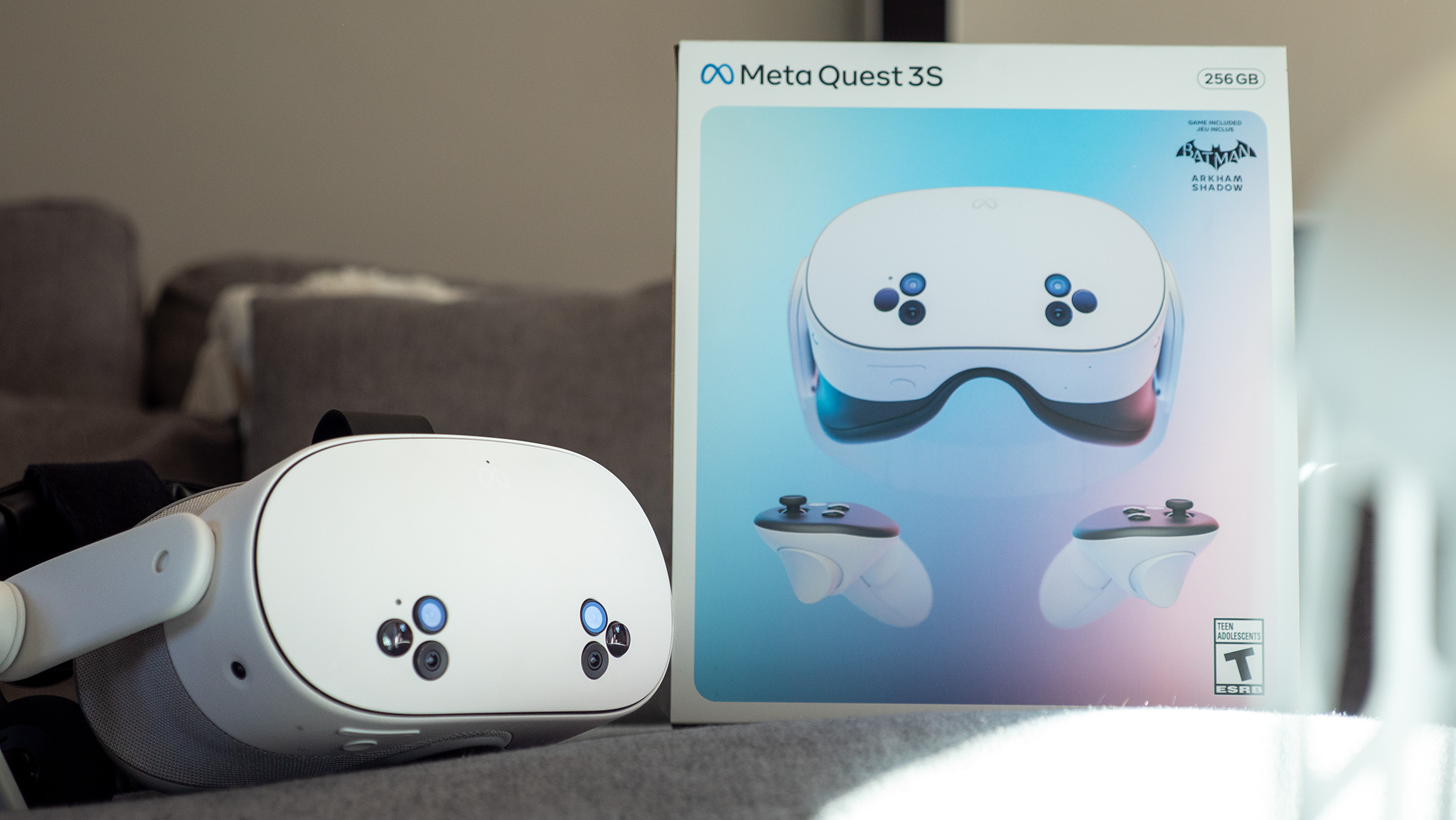Smart lights work overtime to convince you that you get more function than form. You can change the color to the exact hue you want, have them turn on and off as you see fit, and even connect to other tech in your home to convince people you're home when you're not. These aren't just lights, they're making your house safer and you basically never need to replace them!
Here's the thing: smart lights are fun, and that part doesn't get talked about enough because then they become frivolous things you have to pay extra for. It's why I love the Nanoleaf lights so much, there's no real way to hide the fun parts of these lights. The original Aurora panels are functional, but they're also just plain cool. And Nanoleaf continued to update them over time to do even better things, like interact with music and be remotely controlled with something other than your phone. I love using them for work, but I love using them even more for fun.
Now Nanoleaf is back with new lights, called Canvas. In many ways, these lights take all of the things Nanoleaf has learned over the last two years and pushed the envelope even further. The end result is lights that aren't just functional and fun but invite you to completely rethink lighting in every square inch of your house.
Pros:
- Solid app experience
- Touch-friendly panels
- Great light production
- Standalone functionality if desired
- So. Damn. Cool.
Cons:
- No physical integration with other Nanoleaf products
- Multiple power adapters needed for larger installations
Nanoleaf Canvas What I like
If you've been following Nanoleaf, here's what you need to know. Canvas is a smaller, square version of Aurora (which are triangular), only the music features are built in, the power cable is improved, and every panel is touch-sensitive. And yeah, that is exactly as awesome as it sounds.
For the rest of us, Nanoleaf Canvas lights are a series of interconnecting square panels with LEDs running through the panels. These squares connect with a set of tabs that insert into every side of the square, so you can assemble the light panels in any pattern you want. As long as all of the panels are connected by one of these special tabs, you're good to go. The power cord is made from one of these tabs, so you can insert it into any of the panels and power the entire array. Nanoleaf says Canvas supports up to 256 panels right now, but you'd need multiple power cords to drive that many panels. Fortunately, the cord is very easy to hide, so you can set them up basically anywhere.
Get the latest news from Android Central, your trusted companion in the world of Android
Canvas, like Aurora before, it, is primarily controlled through the Nanoleaf app. You can set up colors, patterns, animations, and timers through the app. It also connects to Google Assistant, if you'd like to control the lights with your voice. But if you'd rather not use your voice or the app, you can just reach out and touch the panels themselves. One of the Canvas panels in the box has a small array of symbols on it. Through these, you can power the lights on and off, cycle through pre-loaded themes, enable music sync, and control the brightness. In fact, according to Nanoleaf, you can run these lights without ever pairing them to an app or connecting them to the internet. The local hardware features are entirely self-contained.
It's not difficult to imagine a workspace where Canvas has effectively replaced the traditional ceiling tube lights.
But it's not just that one control panel with touch features — every panel on a Canvas is touch-friendly. And that's where these lights go from being cool as heck to absolutely amazing. If you have an animated color pattern running on Canvas, touching a panel will change the direction of the lights to focus on that square. If you have music sync running on the lights, touching a panel changes the focal point of the animations to where you touched. This interaction completely changes the way these lights works, and makes it easy to turn the experience into something personal. Through these interactions, the Nanoleaf team have even assembled a few basic games to play on the lights. There's a version of Whack-A-Mole that is absolutely incredible if you have your Canvas lights spread out on a wall, and It's something I love sharing with others.
Oh, and before I forget, these are also pretty good at being, you know, lights. The starter kit includes nine panels, which work together to produce roughly as much light in my living room as a pair of Philips Hue lights. Because the light panels are fixed to a wall or ceiling and are only producing light in one direction, you have to visualize the light a bit more like a flood light than you would a light bulb. But with that comes a desire to mount them on the ceiling. In fact, it's not difficult to imagine a workspace where Canvas has effectively replaced the traditional ceiling fixture or fluorescent lights.
Nanoleaf Canvas What I don't like
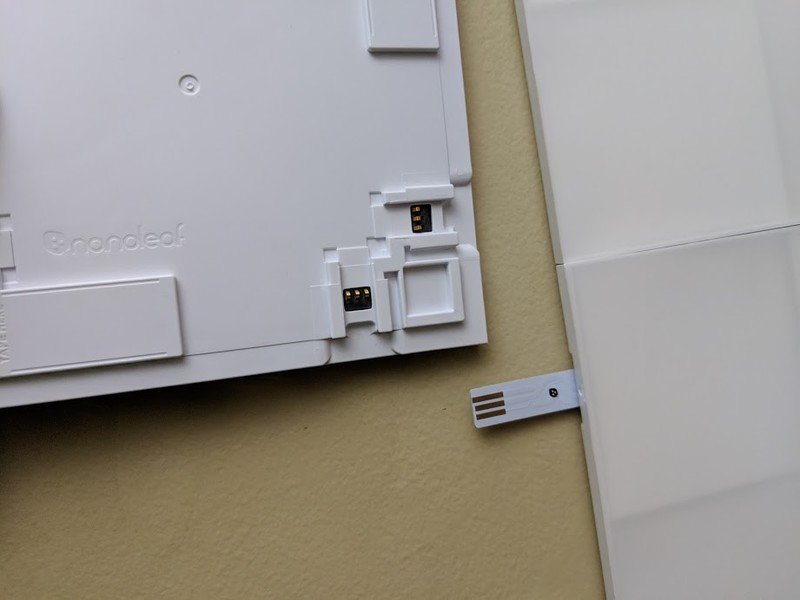
Much like the Nanoleaf Aurora lights, Canvas is expensive. The $250 starter pack is enough to get you started and having fun, but most people are going to want at least one of the $80 expansion packs to complete even a basic design on a wall. Realistically, someone setting up a more advanced design will be spending closer to $400 for a completed light setup. It's not difficult to argue the worth of these lights when you view them equally as light and art, but if you're looking at them for function only that price tag is going to be a sticking point for people who aren't already sold on smart lights.
You can't connect Canvas and Aurora together, by design.
One thing that hasn't yet made it from the Nanoloaf Aurora design over to Canvas is the flexible connectors, which make it possible for you to set up your lights around corners or across multiple surfaces. The reason for this is, personally, kind of frustrating. The connectors you use for Aurora aren't the same as the ones you use for Canvas, because reasons. This means you can't connect Canvas and Aurora together, and when I asked Nanoleaf why, they said they didn't think anyone would really want to do that. They also said flex connectors for Canvas were on the roadmap for the not-too-distant future, but it seems like such an obvious win to have a few of them in the box for this new generation after seeing how popular the previous generation was.
The power cord that comes with Canvas is a great deal more streamlined than the one you get with Aurora, which includes a big brick in the middle and makes hiding it a little difficult. But the downside to this updated design is it supports far fewer panels out of the box. If you're planning a large installation of 40-50 panels, you're going to need two of these cables to make it work. Nanoleaf is working on selling more capable chargers so you can power more panels on a single panel, but it's not something you can do right this second. And even then, it's not the kind of limitation Nanoleaf explains particularly well in its documentation. It's the kind of thing people are going to find out the hard way, which is not a great way to support the people spending the most on your products.
Nanoleaf Canvas Should you buy it?
Absolutely. The folks at Nanoleaf are doing incredible things, in my opinion. These lights aren't just clever or cool art installations anymore, they could radically change the way we think about lighting in a bunch of places. I want to cover my ceiling with these lights, and I know so many people who feel the same way. But at the same time, these lights are so. much. fun. to explore when you're having fun.
4.5 out of 5
But the thing that really makes me recommend these to everyone is without a doubt the people who work for Nanoleaf. These are passionate folks who are excited about the work they are doing. I was fortunate enough to see a massive Nanoleaf Canvas installation where you could play a functional version of Pac-Man on it, and the people who excitedly explained to me how it came to be thanks to an internal hackathon totally sold me on everything about this company. These are people who want to change the way we think about lights, and it's working.

